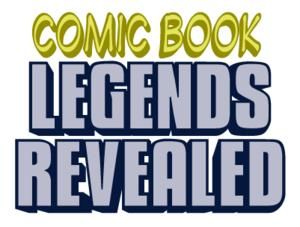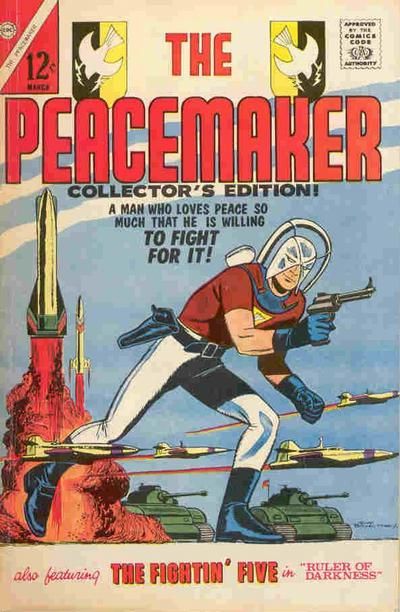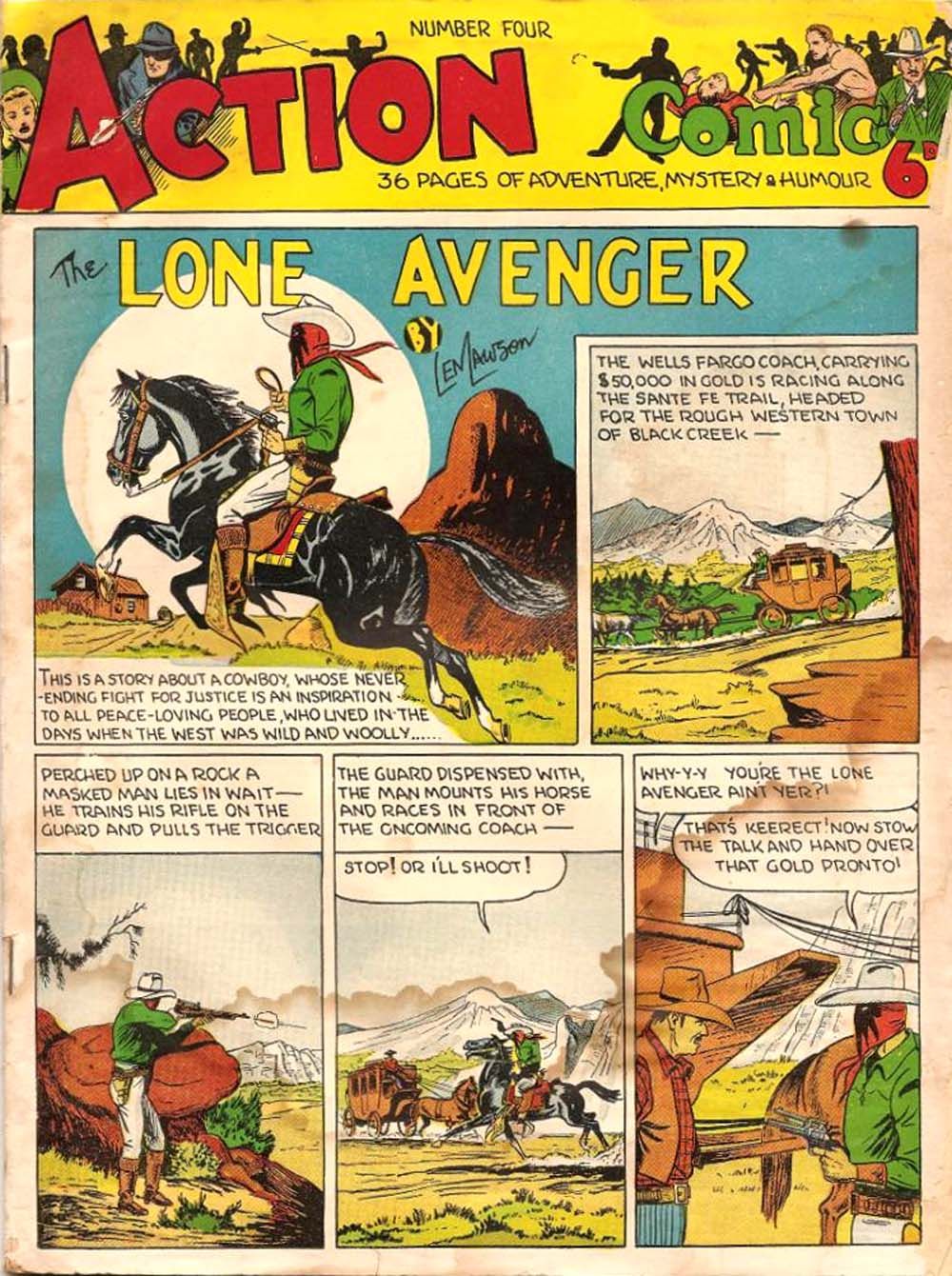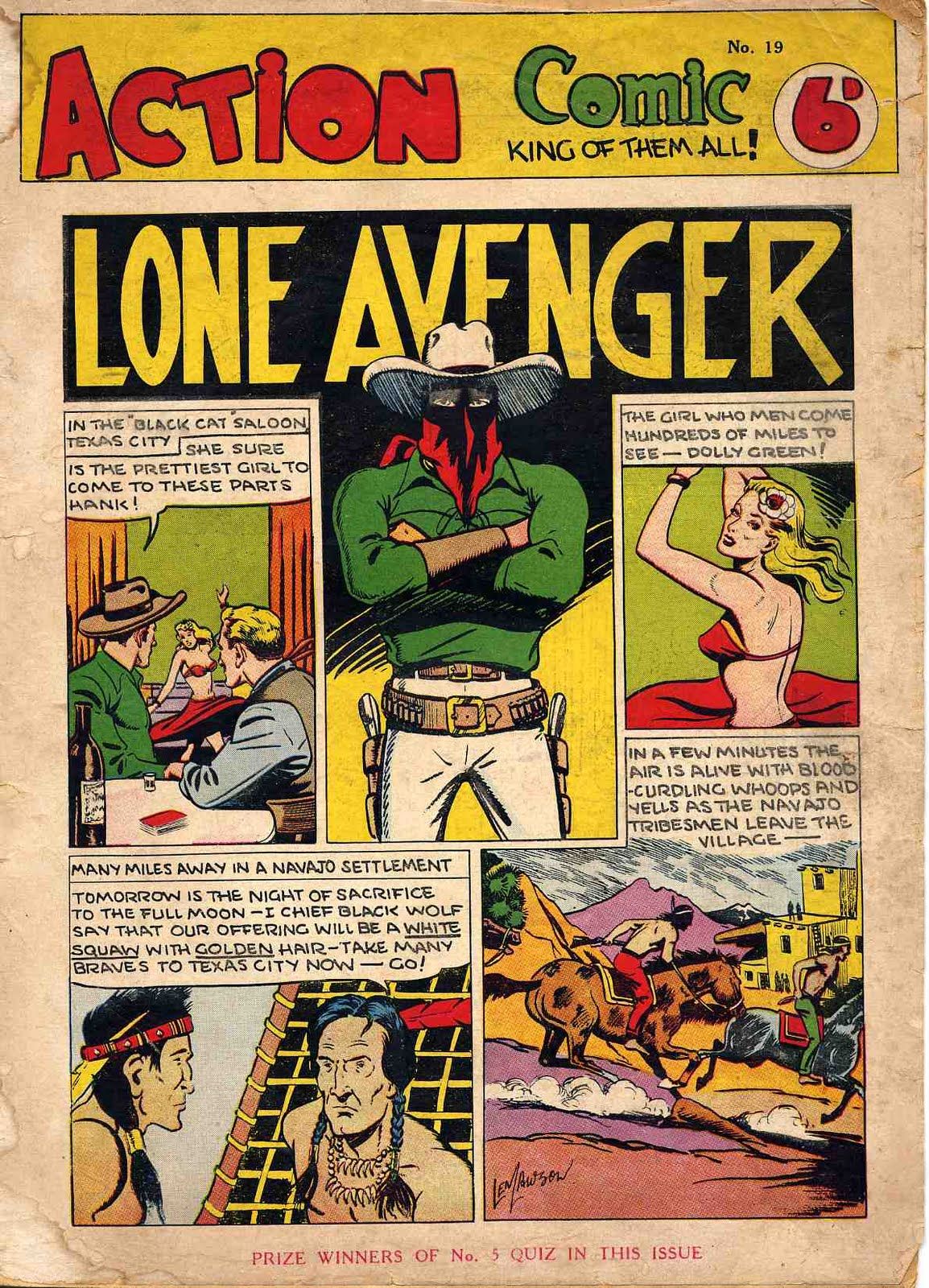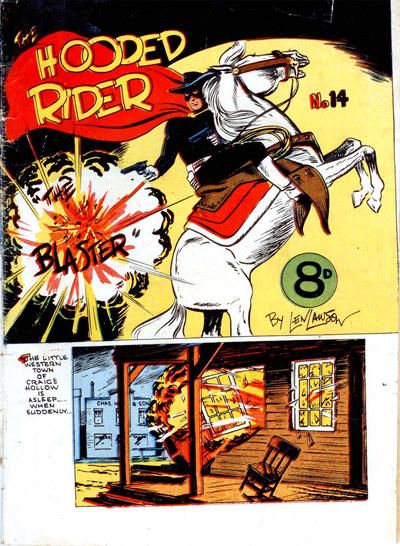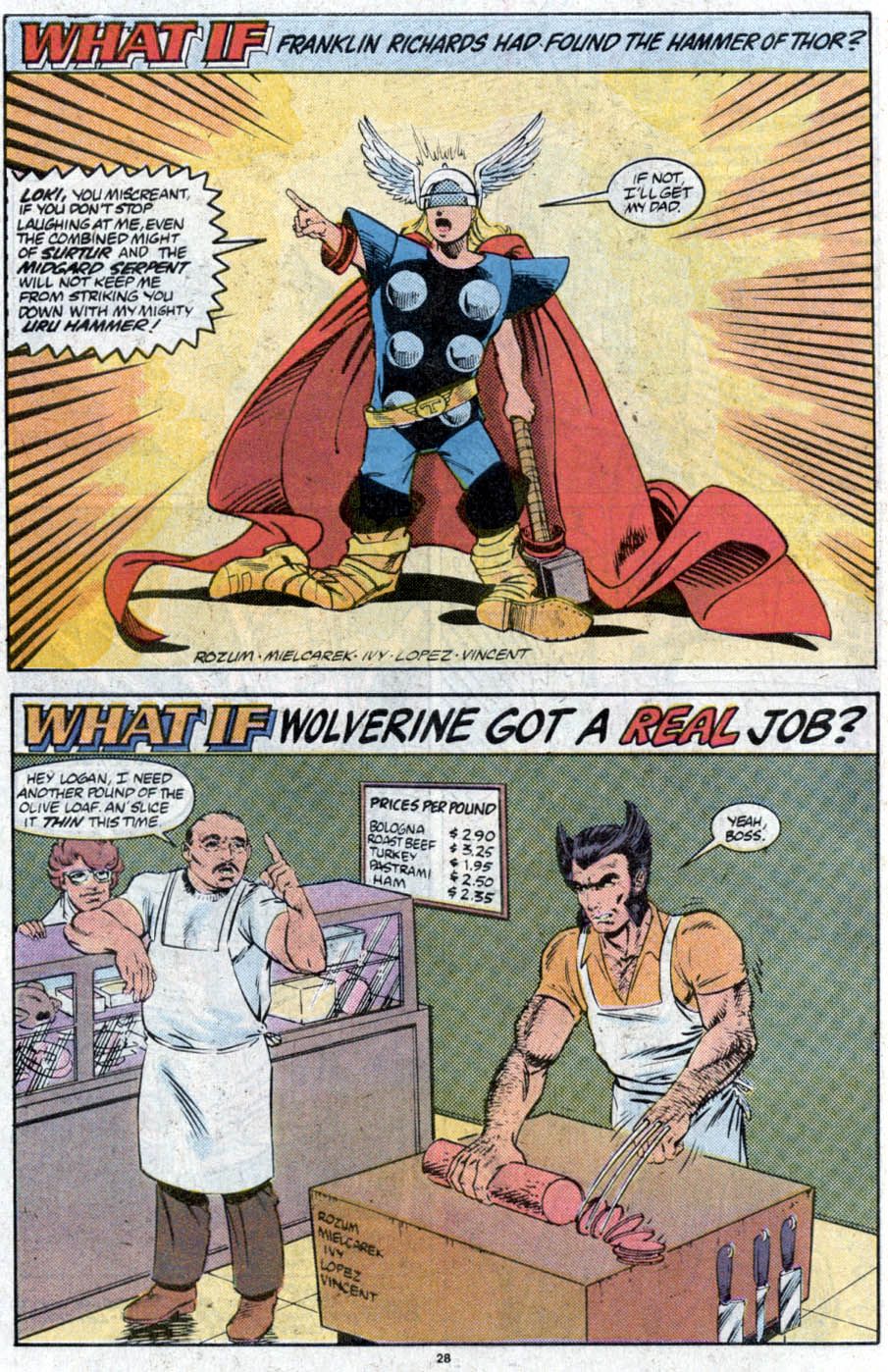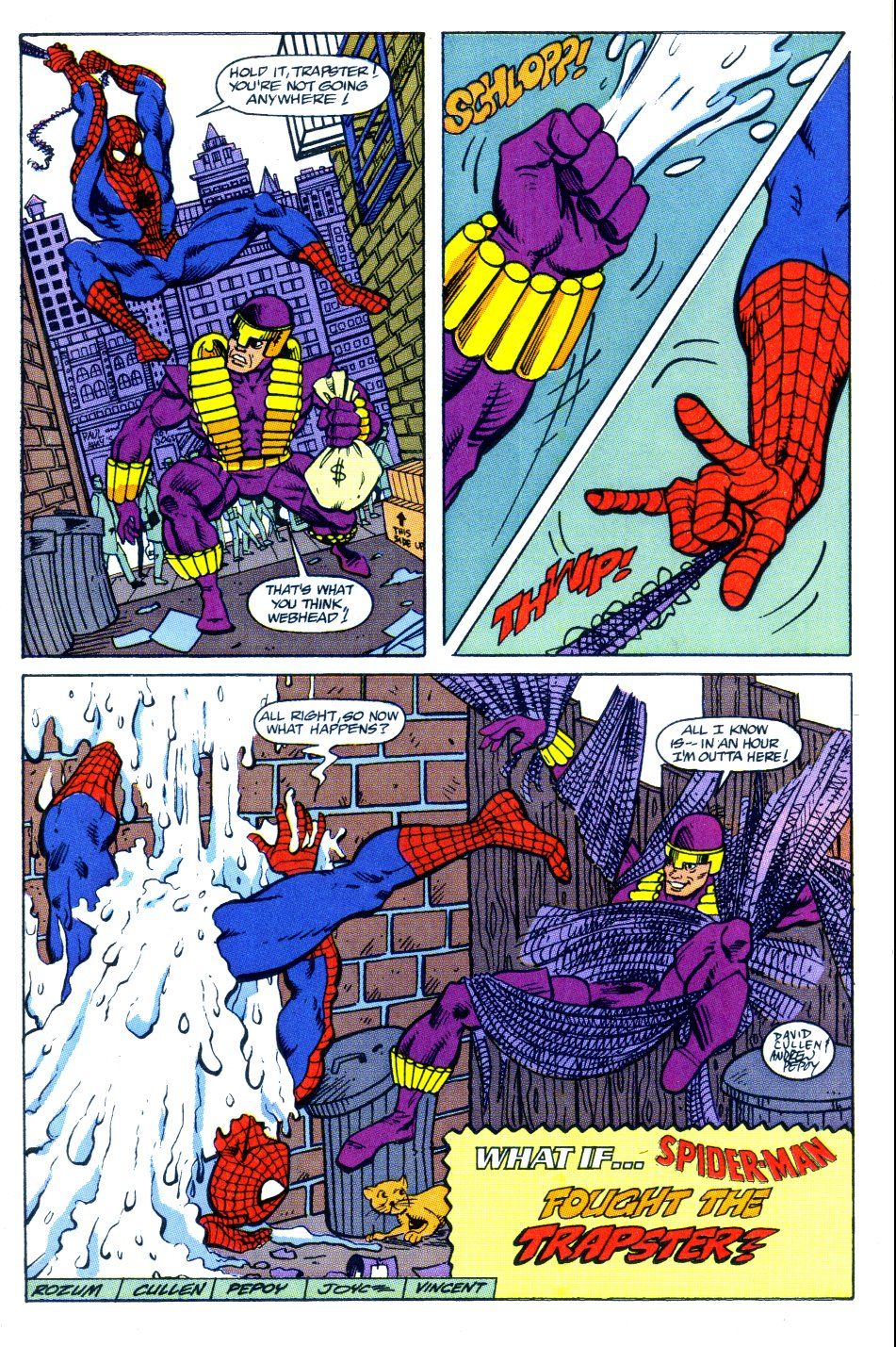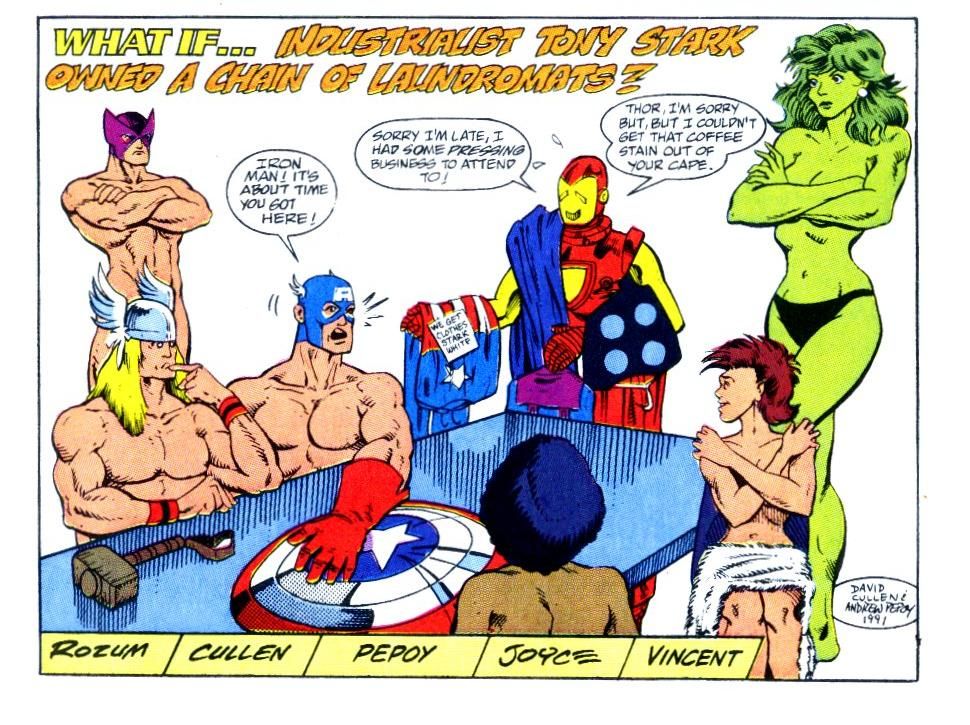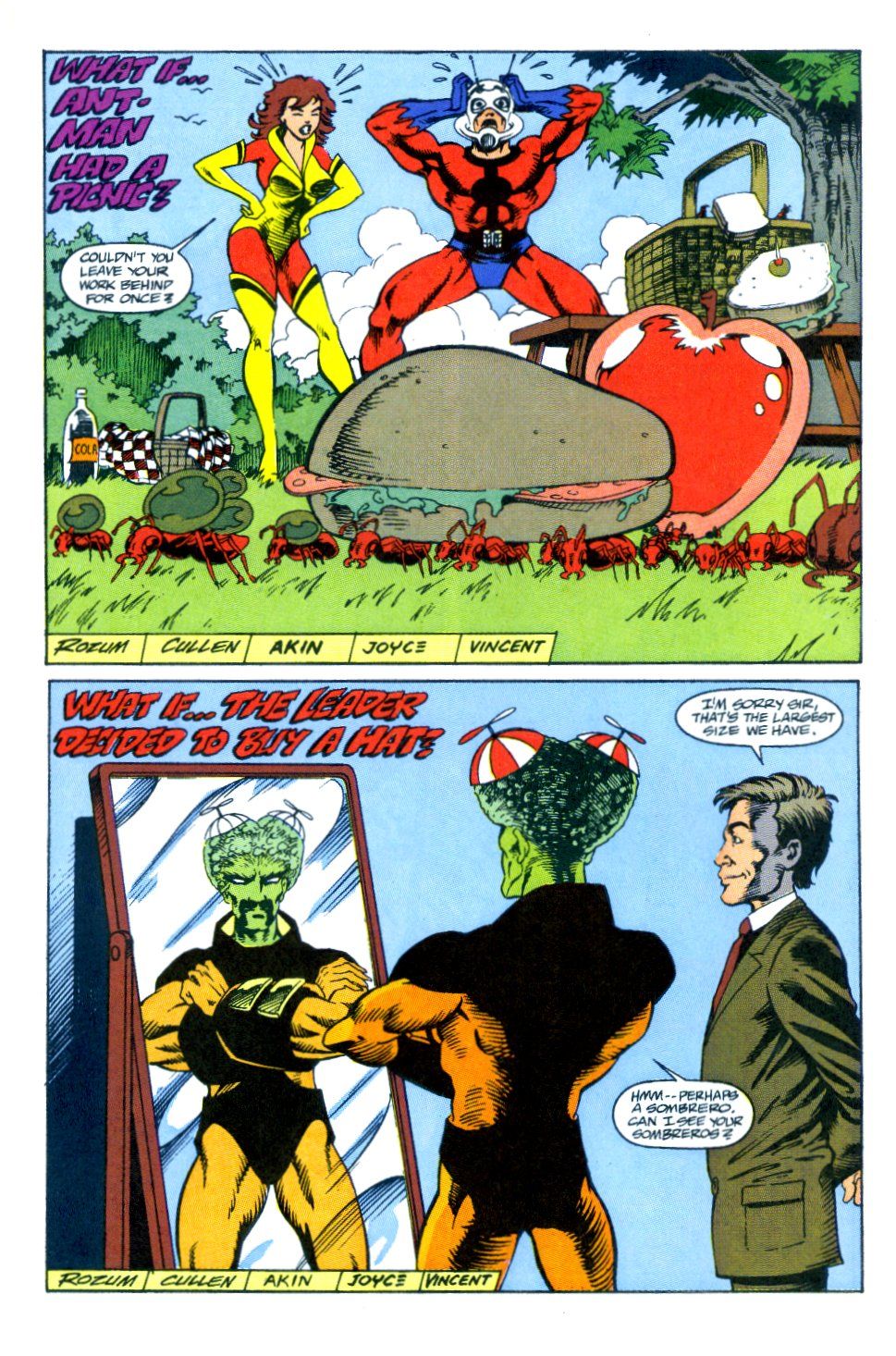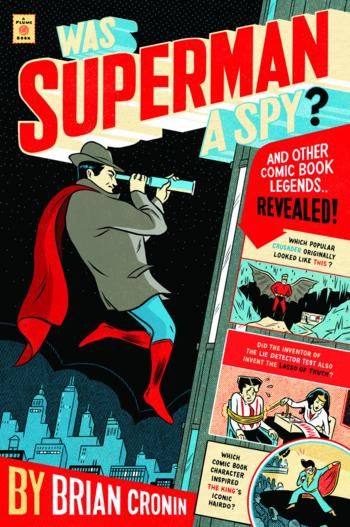Welcome to the three hundredth and fifty-ninth in a series of examinations of comic book legends and whether they are true or false. Today, just how DID Watchmen come about (the true "Before Watchmen," as it were)? Also, learn the bizarre story of how John Rozum broke into comics and the even more bizarre (and tragic) tale of the creator of the popular Australian comic book series, the Lone Avenger!
Click here for an archive of the previous three hundred and fifty-eight.
Let's begin!
COMIC LEGEND: Alan Moore was hired by DC to bring Charlton's characters to DC Comics.
STATUS: False
Reader Frank K. wrote in to ask:
Is it true that while Alan Moore was hired to use the newly purchased Charton Heroes to create a comic book event (which we now know as Watchmen) - it was shelved because DC thought Alan Moore would "wreck" their new purchases with is story - and thus forced him to adapt it with new characters?
Over the years, I've had a number of questions from readers over the precise nature of how Watchmen came about, so I think it is worth answering Frank's question by providing the specific chain of events.
1. When Alan Moore first came up with the idea, he just figured any unused group of comic book heroes would work, and in fact it was the then-defunct Archie/MLJ characters that he first thought of with the idea (The Shield, the Comet, the Hangman, etc.). The Hangman likely remained as the influence for Hooded Justice. I wrote about this part of the story in more detail in one of the VERY early editions of Comic Book Legends Revealed.
2. DC had recently purchased the Charlton heroes from Charlton comics.
3. Alan Moore then wrote a proposal for DC (on his OWN accord, not requested by DC) titled "Who Killed the Peacemaker?"
4. Dick Giordano liked the proposal, but did not like the idea of using the Charlton characters, so he told Moore to use original characters (Moore famously quipped, "DC realized their expensive characters would end up either dead or dysfunctional.")
5. Moore then wrote Watchmen using original characters (based on established characters, but still, original characters).
Moore later recalled the decision to Jon B. Cooke:
If we had used the Charlton characters in Watchmen, after #12, even though the Captain Atom character would've still been alive, DC couldn't really have done a comic book about that character without taking away from what became Watchmen. So, at first, I didn't think we could do the book with simply characters that were made-up, because I thought that would lose all of the emotional resonance those characters had for the reader, which I thought was an important part of the book. Eventually, I realized that if I wrote the substitute characters well enough, so that they seemed familiar in certain ways, certain aspects of them brought back a kind of generic super-hero resonance or familiarity to the reader, then it might work.
So, we started to reshape the concept—using the Charlton characters as the jumping-off point, because those were the ones we submitted to Dick—and that's what the plot involved. We started to mutate the characters, and I began to realize the changes allowed me so much more freedom. The only idea of Captain Atom as a nuclear super-hero—that had the shadow of the atom bomb hung around him—had been part of the original proposal, but with Dr. Manhattan, by making him kind of a quantum super-hero, it took it into a whole new dimension, it wasn't just the shadow of the nuclear threat around him. The things that we could do with Dr. Manhattan's consciousness and the way he saw time wouldn't have been appropriate for Captain Atom. So, it was the best decision, though it just took me a while to realize that.
So there ya go, Frank (and everyone else who has asked me about this over the years)! The proposal was all done by Moore. DC did not tell him to go do it. They only denied him the use of the Charlton characters AFTER he had already come up with the idea of what would eventually become Watchmen.
Thanks to Frank for the question and thanks to Cooke and Moore for the information!
COMIC LEGEND: A popular Australian comic book series saw some difficulties after its creator was convicted of some fairly heinous crimes.
STATUS: True
The Australian comic book industry really began in the late 1940s, when restrictions on the import of outside comic books relaxed a bit and the first Superman comic books began to reach its shores. The success of Superman worked in many ways like the success of Superman in the United States of America, it paved the way for other successful comic book characters.
Many of them were Australian versions of popular American characters, like Yarmak (Tarzan), Sir Falcon (the Phantom) and Silver Starr (Flash Gordon).
One of the most popular characters was Len Lawson's the Lone Avenger, one of the leads in Australia's Action Comics.
Lawson's masked western hero became so popular that he received his own comic (he began life as a bit of an anti-hero, but as his popularity grew, the character became more of a standard western hero).
Lawson even did a knockoff series based on his own character, the Hooded Rider, while continuing to do the Lone Avenger.
The Lone Avenger comic sold as many as 70,000 copies at the time (which, considering the population of Australia at the time, was very impressive).
Things got a bit hairy in the 1954, though, when Lawson (at the height of his fame) kidnapped five female models. He raped two of them and sexually assaulted the others. The crimes were a sensation at the time and Lawson was convicted and sentenced to death. The death penalty was dropped in Australia, though, so Lawson's death sentence was commuted to 14 years in prison. He served less than 10 years.
At the time, Lawson appealed to the courts to be allowed to continue to draw the Lone Avenger while in prison, so as to support his family. His request was denied and artist Len Such took over the series. It was not long, though, before newspapers began to write about the depravity of comic books, describing Lawson as “the artist of violent comics, which frequently depicted bosomy heroines.”
The Queensland Literature Board of Review banned 45 books in their first 9 months of existence, a third of which were comic books! The Lone Avenger comic managed to continue for a bit (after the publisher rushed to self-censor the comic so as to appease the other Australian states) but eventually it came to a close.
What shockingly did NOT come to a close, though, were Lawson's crimes. After his release in 1961, Lawson began drawing models again and once again he assaulted a 16-year model. This time, though, he killed her. The next day, he took a gun to the Sydney Church of England Girls’ Grammar School and took several students hostage. He demanded that the police send him the then-current Miss Australia as well as Betty Cuthbert, the Australian Olympic sensation known at the time as "Golden Girl." During the siege, a 15-year-old student was accidentally shot and killed.
This time, Lawson received a life sentence. Ten years into his sentence, he attacked a female performer at a prison concert (she ultimately was so traumatized by the incident that she killed herself).
Lawson died in prison in 2003. Many of his paintings are hung around the prison where he spent the end of his life.
COMIC LEGEND: John Rozum broke into comics through a surreptitious use of a post-it note.
STATUS: True
John Rozum is a great comic book writer who has written for a number of different comic book companies over the years. He is best known for his work on the X-Files, his creator-owned Midnight, Mass. comic and his work on Xombi (his recent Xombi series for DC with artist Frazer Irving was awesome). As cool as Rozum's comic book writing is, the way he broke INTO the comic book business is even cooler.
I'll let John describe, from an interview at Daredevil: The Man Without Fear:
I was an NYU film/tv student at the same time as Dwayne McDuffie, which is how I met him. Dwayne was an assistant editor at Marvel (this is back around 1986, or so). Visiting him at work I got to know some of the editors, and actually sold my first story by taking a post-it note off of someone else's script which was signed by Tom DeFalco and said something like "Give this a read." and attached it to one of my own. I never actually intended to get involved in comics, it was more or less an accident; a way to supplement my meager student income. I then did a lot of those fake ads for "Marvel Year in Review" and those dumb half-page "What If...?" stories.
That is one brassy way of breaking into comics (for what it is worth, I don't believe the story Rozum sold ever actually made it into print. It just got his foot into the door at Marvel).
Here is John's first published work, from What If...? #3...
And just for the heck of it, here are John's bits from the all-humor What If...? #34...
Thanks to John and Kuljit Mithra (of Daredevil: The Man Without Fear) for the information!
Okay, that's it for this week!
Thanks to the Grand Comics Database for this week's covers! And thanks to Brandon Hanvey for the Comic Book Legends Revealed logo!
Feel free (heck, I implore you!) to write in with your suggestions for future installments! My e-mail address is cronb01@aol.com. And my Twitter feed is http://twitter.com/brian_cronin, so you can ask me legends there, as well!
Follow Comics Should Be Good on Twitter and on Facebook (also, feel free to share Comic Book Legends Revealed on our Facebook page!). If we hit 3,000 likes on Facebook you'll get a bonus edition of Comic Book Legends the week after we hit 3,000 likes! So go like us on Facebook to get that extra Comic Book Legends Revealed! Not only will you get updates when new blog posts show up on both Twitter and Facebook, but you'll get original content from me, as well!
Also, be sure to check out my website, Urban Legends Revealed, where I look into urban legends about the worlds of entertainment and sports, which you can find here, at urbanlegendsrevealed.com.
Here's my book of Comic Book Legends (130 legends - half of them are re-worked classic legends I've featured on the blog and half of them are legends never published on the blog!).
The cover is by artist Mickey Duzyj. He did a great job on it...(click to enlarge)...
If you'd like to order it, you can use the following code if you'd like to send me a bit of a referral fee...
Was Superman a Spy?: And Other Comic Book Legends Revealed
See you all next week!

